Introduction
Boiled octopus, or “blanched octopus” as it is sometimes called, is a culinary delicacy celebrated in coastal regions worldwide. From the Mediterranean to East Asia, this dish is revered for its delicate texture and ability to absorb flavors while retaining a subtle briny sweetness. While the idea of preparing octopus at home might intimidate some, the process is surprisingly straightforward when guided by proper technique. This article demystifies the art of cooking boiled octopus, ensuring tender, flavorful results every time. Whether served as a chilled appetizer, a vibrant salad centerpiece, or a warm addition to pasta, mastering this dish opens doors to a world of gastronomic possibilities.
Selecting the Best Octopus
The journey to perfect boiled octopus begins with sourcing the freshest possible ingredient. Look for specimens with vibrant, slightly iridescent skin and a mild oceanic scent. Fresh octopus should feel firm to the touch, without any sliminess or discoloration. If fresh is unavailable, frozen octopus is an excellent alternative—many commercial freezers use flash-freezing techniques that preserve texture better than some “fresh” options. Smaller octopuses (around 1–2 pounds) are ideal for home cooking, as they tenderize more quickly and evenly. Larger specimens require longer cooking times but offer impressive presentation value.
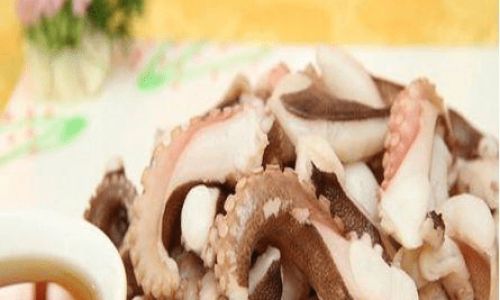
Essential Ingredients and Tools
The beauty of boiled octopus lies in its simplicity. Beyond the star ingredient, you’ll need:
- Water: Enough to fully submerge the octopus (6–8 cups for a medium-sized specimen).
- Salt: 1–2 tablespoons of kosher or sea salt to enhance natural flavors.
- Aromatics: Optional additions like garlic cloves, ginger slices, bay leaves, or peppercorns elevate the broth’s depth.
- Ice Bath: A large bowl filled with ice water to halt cooking and preserve texture.
- Sharp Knife: For cleaning and slicing.
- Heavy-Bottomed Pot: To ensure even heat distribution during boiling.
Preparing the Octopus: A Step-by-Step Guide
Proper preparation is non-negotiable for tender results. Follow these steps meticulously:
-
Cleaning:
- Rinse the octopus under cold water, gently rubbing the skin to remove any debris.
- Locate the beak—a hard, cartilage-like structure at the base of the tentacles. Using a sharp knife, make a small incision around it and pry it out.
- Remove the eyes by slicing just below them, ensuring no ink sacs rupture (which could stain the flesh).
- Discard the inner organs (located near the head) by turning the hood inside out and rinsing thoroughly. Some chefs prefer to keep the ink sac intact for coloring dishes, but this is optional.
-
Tenderizing Techniques:
- Freezing: If time permits, freeze the octopus for 24–48 hours before cooking. This breaks down tough muscle fibers naturally.
- Beating: In some cultures, cooks gently pound the octopus against a hard surface (like a cutting board or rock) to tenderize it. This method, while traditional, requires caution to avoid over-bruising.
- Baking Soda: A pinch added to the cooking water can help soften flesh, though purists argue it alters flavor.
The Cooking Process: Science Meets Tradition
Achieving the ideal texture—tender yet resilient—hinges on precise cooking. Here’s how to execute it flawlessly:
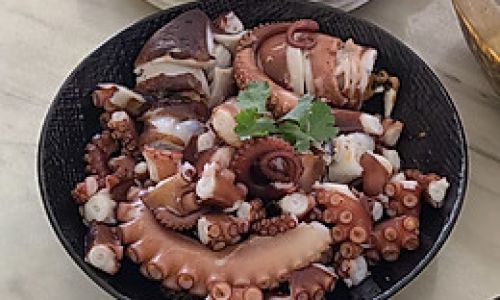
-
Initial Blanching (Optional):
- Bring a pot of water to a rolling boil.
- Grasp the octopus by the head and dip the tentacles into the water 2–3 times, holding for 5–10 seconds each dip. This “shocking” technique firms the flesh and prevents the tentacles from curling excessively during cooking.
-
Simmering:
- Fill a pot with 6–8 cups of water, add salt and aromatics, and bring to a boil.
- Reduce heat to a gentle simmer. Submerge the octopus fully, ensuring it remains submerged (use a plate or lid as a weight if necessary).
- Cooking times vary by size:
- Small (1 lb): 15–20 minutes.
- Medium (2–3 lbs): 30–45 minutes.
- Large (4+ lbs): 60–90 minutes.
- Test doneness by piercing the thickest part of the tentacle with a paring knife. It should glide in easily with minimal resistance.
-
Ice Bath Shock:
Immediately transfer the cooked octopus to the ice bath. This halts cooking and firms the flesh, creating a satisfying “snap” when bitten.
Achieving Perfect Texture: Pro Tips
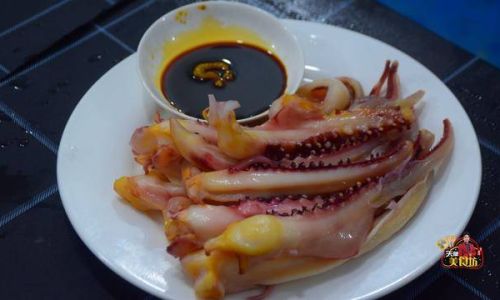
- Avoid Overcooking: Overboiling turns octopus rubbery. Monitor closely and start testing 5 minutes before the estimated time.
- Low and Slow: Maintain a gentle simmer—violent boiling toughens the meat.
- Resting Time: Allow the octopus to cool completely in the ice bath before slicing. This redistributes moisture evenly.
Serving Suggestions: From Classic to Creative
Boiled octopus’s versatility shines in its serving options:
-
Chilled Appetizer:
- Slice tentacles into bite-sized pieces and arrange on a platter.
- Serve with a dipping sauce of soy sauce, rice vinegar, sesame oil, and chili flakes (Japanese ponzu or Korean yangnyeom sauce also work wonders).
-
Salad:
- Toss with cherry tomatoes, cucumbers, red onions, and olives.
- Dress with olive oil, lemon juice, and fresh herbs like parsley or dill.
-
Warm Dishes:
- Sauté sliced octopus with garlic and chili flakes, then toss with pasta or risotto.
- Grill briefly over high heat for smoky char, then serve with lemon wedges.
-
Tapas-Style:
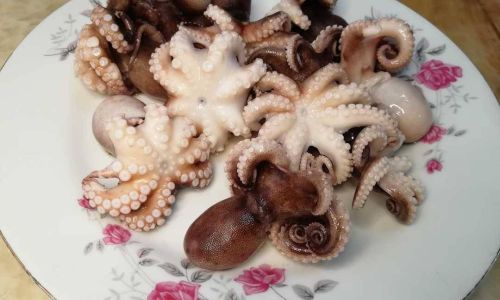
- In Spain, pulpo a la gallega is a beloved dish featuring boiled octopus slices drizzled with paprika-infused olive oil and sprinkled with coarse salt.
Health Benefits: A Nutritional Powerhouse
Beyond its culinary appeal, boiled octopus offers impressive health benefits:
- Lean Protein: A 3-ounce serving provides 25 grams of protein with minimal saturated fat.
- Vitamins and Minerals: Rich in vitamin B12, iron, selenium, and copper—essential for nerve function, oxygen transport, and immune support.
- Omega-3 Fatty Acids: Supports heart and brain health.
Common Pitfalls and How to Avoid Them
-
Rubbery Texture:
- Cause: Overcooking or insufficient tenderizing.
- Fix: Use smaller octopuses, adhere to cooking times, and always shock in ice water.
-
Sliminess:
- Cause: Inadequate cleaning or undercooking.
- Fix: Rinse thoroughly and ensure the octopus is fully cooked.
-
Bland Flavor:
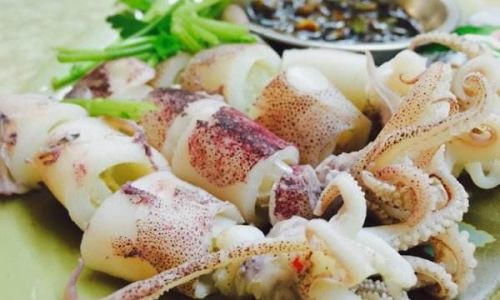
- Cause: Skipping aromatics or insufficient seasoning.
- Fix: Infuse the cooking liquid with garlic, ginger, or herbs.
Cultural Variations and Creative Twists
- Greek Style: Marinate in red wine vinegar, oregano, and olive oil.
- Korean BBQ: Grill boiled octopus with gochujang glaze.
- Italian Insalata: Combine with celery, fennel, and lemon zest.
Conclusion
Boiled octopus is a testament to the idea that simplicity, when executed with care, can yield extraordinary results. By mastering the nuances of selection, preparation, and cooking, even novice cooks can achieve restaurant-quality dishes at home. Whether you prefer it chilled with a zesty dip or woven into a warm salad, this versatile protein invites culinary experimentation. So, embrace the adventure—your next dinner party deserves a dish that’s as impressive to look at as it is delicious to eat.
Final Thoughts
Remember, patience is your greatest ally here. Let the octopus’s natural flavors shine, and don’t shy away from adapting recipes to suit your palate. With practice, you’ll discover that cooking octopus is less about rigid rules and more about understanding the delicate balance between technique and intuition. Buon appetito!
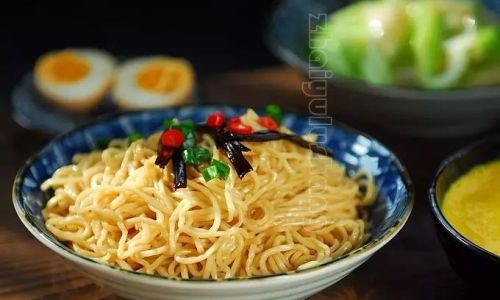
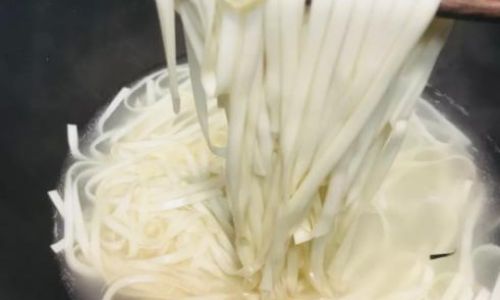
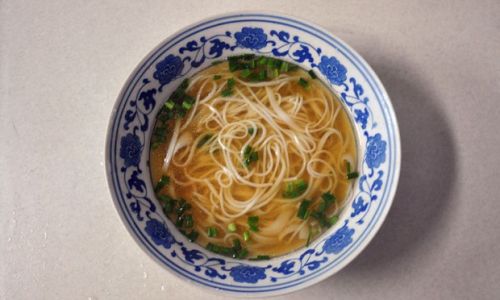
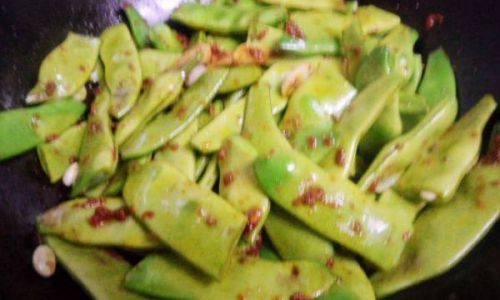
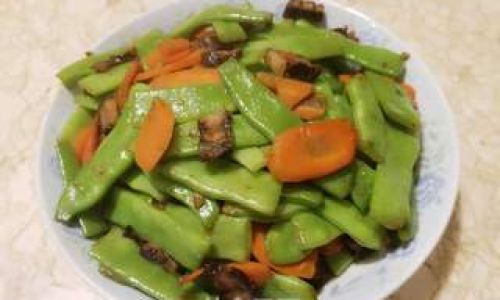
0 comments